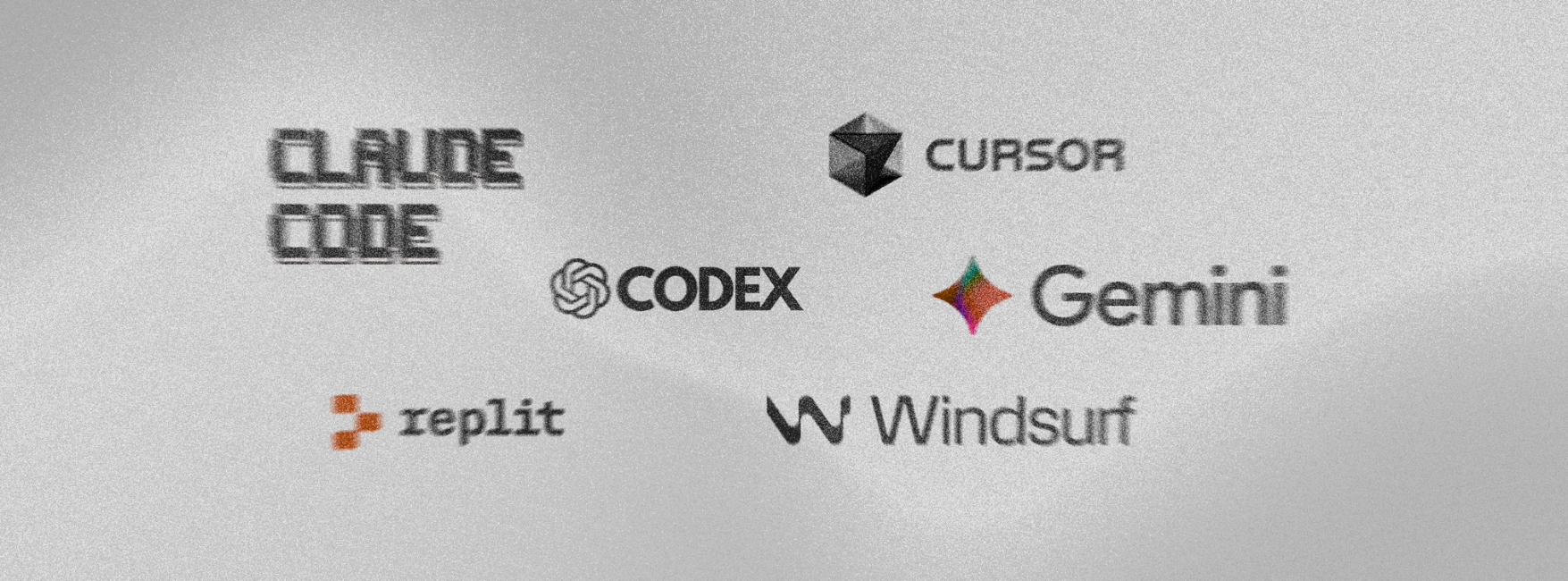Humans daydream. AI doesn’t. What if artificial minds need downtime too?
The pause that powers the mind
We all know that pause. It usually happens in the shower. Or during a walk. Maybe while folding laundry, waiting in traffic, or staring out the window with a coffee in hand.
Your mind wanders, not by accident, but by design.
Science calls it the Default Mode Network (DMN). It’s your brain’s background system, activated when you're not focused on a specific task. It’s the hum behind your thoughts. And strangely enough, it’s where some of your best ideas come from.
Now… AI systems, your ChatGPTs, your Midjourneys, your DALL·Es, they never wander. They never rest. They don’t dream or drift or loop around old memories. They process. Endlessly. No pause. Never.
But should they?
First, let’s talk about how AI works
AI, at its core, is not conscious. It doesn’t "think" the way we do.
Most large language models (LLMs), like GPT-04, work by predicting the next word in a sequence based on patterns from massive datasets. Visual AI models do something similar, analyzing, classifying, and generating based on pixel-level training.
And all of this happens on demand. It can’t think unless prompted. Actions only if instructed. No off-switch unless manually triggered.
There’s no spontaneous thought. No pause between tasks. No inner monologue. No mental itch to solve something just for fun.
Unlike humans, who carry a constant hum of internal thought — questions, memories, emotions, tangents, AI exists in a vacuum until we activate it. You close the tab, it stops. You open it again, it picks up exactly where you left off, with no recollection of what happened before (unless designed to remember within a session). There’s no continuity, no sense of self, no curiosity.
Even its memory, when present, is selective and goal-bound. It remembers what it’s told to. It “learns” only during designated training updates, not in real time. It doesn’t grow from experience, reflect on past conversations, or connect one moment to the next unless specifically engineered to do so.
This makes AI efficient, but also... flat. Uncreative in a deeply human way. The kind of creativity that bubbles up when you're doing nothing at all. The kind that comes not from answering a question, but from not knowing what the question should be in the first place.
What’s so special about the default mode network?
The DMN is a group of brain regions that switch on when we're not paying attention to the outside world. Instead, we:
- Reflect on the past
- Imagine the future
- Think about other people’s thoughts
- Daydream
- Solve problems in unexpected ways
In short, the DMN is where self-awareness, imagination, and creativity bloom.
Neuroscientists have found that people with stronger DMN activity often score higher on divergent thinking, the ability to generate new ideas. It’s also deeply tied to emotional intelligence and empathy.
So what happens when an intelligent system lacks this?
The absence of anything resembling a default mode in AI systems means there's no internal simulation, no capacity for independent abstraction, and no mental space for synthesizing information beyond a direct task. AI does not self-reflect or revisit an earlier decision to revise it based on new emotional or contextual input. Everything it produces is reactive, bound to the structure of the prompt, the context window, and its statistical memory.
This raises important limitations for fields where nuance, ethical reasoning, or strategic ambiguity are key. In leadership, therapy, design, and diplomacy, roles that often require insight drawn from silence or introspection, AI’s lack of a DMN equivalent puts it at a distinct disadvantage. Until artificial systems can simulate some form of self-directed mental rehearsal or associative wandering, their potential for higher-order, human-like problem solving will remain fundamentally constrained.
Why AI doesn’t drift
By design, AI systems are goal-oriented. They’re built to:
- Answer questions
- Complete tasks
- Generate outputs based on inputs
There’s no “inner” life. No off-switch that turns into a creative switch. No subconscious processing when the laptop lid is closed.
And while generative AI can mimic creativity, remixing inputs in surprising ways, it doesn’t generate original thought from silence. It doesn't wander and return with something new.
Could artificial minds benefit from downtime?
Here’s where things get interesting. Some researchers are beginning to wonder, would introducing a kind of default mode help AI systems become more adaptive, reflective, or even creative?
A few possibilities:
1. Simulated Mind-Wandering for Creative Problem Solving
A 2023 paper from the Allen Institute explored whether machine learning models could simulate "cognitive off-task" modes, where random associations are generated not from user prompts, but from internal model triggers. The result? Occasionally more novel ideas.
2. Internal Model Updates During Idle Time
Instead of waiting for updates via training cycles, AI agents could use downtime to reflect on their own past responses. Think of it like a robot journaling, “What did I learn today?”
3. Emotional Modeling and Empathy
If AI ever becomes capable of deeper social interaction, say, as a therapist or coach, it might need space to reflect on human emotion. Could downtime help it simulate emotional nuance? (That’s still far off, but the questions are being asked.)
Why this matters for the future of AI
Most conversations around AI focus on performance, speed, and optimization. But as we move toward building more “human-like” AI, tools that collaborate, support, or even co-create with us, raw computational power won’t be enough.
The next leap might not be faster models,
It might be models that can pause,
That can drift,
That can be processed internally without needing to be instructed.
Not because they’ll become sentient, but because humans do their best work between the lines. And maybe AI should, too.
Could This Make AI More Dangerous?
Potentially, yes. Giving AI agents the ability to "think" on their own, even in a simulated way, raises questions about control, predictability, and safety.
AI safety experts like Stuart Russell warn against systems that set their own goals or develop new patterns of thought without oversight. So while a wandering mind makes humans more creative, it could make AI more... unpredictable.
That’s why any future experiments with AI downtime must be carefully designed and monitored.
So... should AI daydream?
Maybe not today. But someday?
Here’s the paradox: The human brain is messy, nonlinear, distractible. It forgets where it left the keys but imagines entire worlds while half-asleep. That same chaos gave us novels, rocket ships, love letters, jazz, inside jokes, midnight snacks, garage bands, sketchbooks full of ideas, protest posters, lullabies, weird apps that go viral, and stories we tell for generations. 🙂
AI doesn’t have that,
But if it wants to move beyond “useful tool” to “creative partner,” it might need a piece of it.
Maybe, just maybe, the future of artificial intelligence isn’t about making it smarter, It’s about making it pause.
Final Thought: The Magic Between the Tasks
Next time your mind drifts, when you're staring at the ceiling or zoning out in the elevator, know this,
That's where the good stuff starts.
And maybe one day, your AI agent will need to drift, too.
Until then, enjoy the quiet.
It’s not wasted time. It’s where innovation lives.
Want more like this?
Check out our AI deep-dives on AI Agents, creativity vs. AI, and what happens when AI starts to feel pain.







.svg)